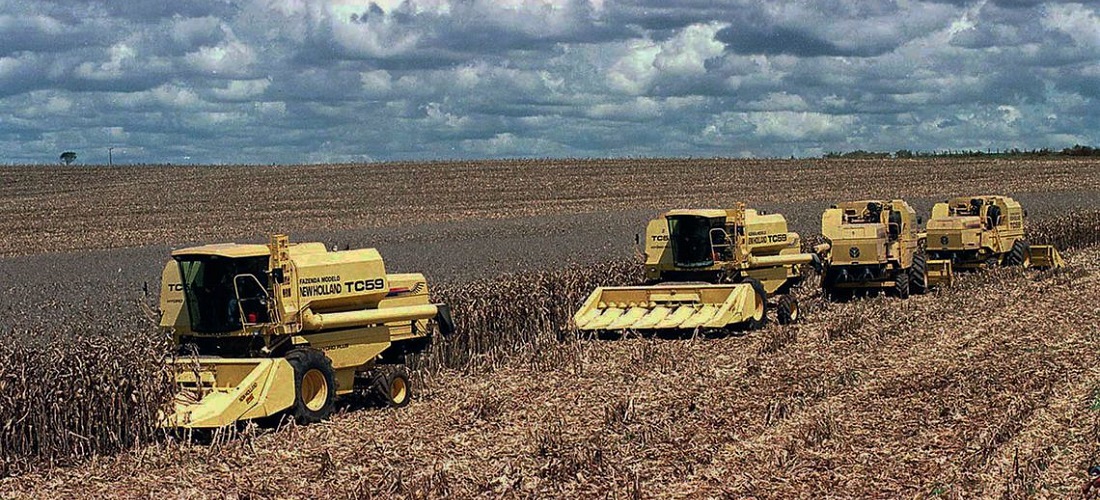
Election-caused instability leaves new soy dollar at risk in Argentina
Aug, 17, 2023 Posted by Gabriel MalheirosWeek 202333
Following a significant surge in the official exchange rate at the week’s outset, the Argentine government appears unlikely to implement a new “soy dollar,” a distinct rate tailored for exports. This information was first disclosed in a report by “La Nacion” on Tuesday (15/8) amid a backdrop of uncertainty and instability following the outcome of the primary elections on Sunday (13/8).
According to the publication, which cited government “sources,” the economic team led by Sergio Massa has informed exporters that there are no plans for another special exchange rate in September, dispelling speculations within the grain market.
For the Argentine agribusiness sector, the foreign sales exchange rate stands at 340 pesos to the dollar under the Export Increment Program. Initially applied in the soybean market, this measure has been extended to encompass corn, sorghum, and barley and is set to remain in effect until the end of this month.
“Anarcho-capitalist” win
The recent preview of the presidential elections on October 22 saw Javier Milei, a candidate from the La Libertad Avanza coalition, emerge victorious. Milei is considered an ultra-right politician. In a clear message to rural producers, he has pledged that, if elected president, there will be no imposition of the so-called retentions, which are taxes on agricultural exports.
Milei’s primary contenders in the presidential race include Patricia Bullrich from the Juntos por el Cambio coalition and Sérgio Massa from the Unón por la Patria coalition. Massa, Argentina’s current Economy Minister, faces pressure to adopt measures that bolster the country’s dollar reserves.
Turbulent Times
The aftermath of the primaries triggered a sense of unease within the country. On Monday (8/14), the peso underwent an 18% devaluation process, and the Buenos Aires Stock Exchange experienced a 14% decline. In response, the Central Bank of Argentina raised the basic interest rate to a staggering 118% per annum and increased the official exchange rate by 22%, fixing it at 350 pesos to the dollar.
By Tuesday (8/15), the dollar had closed at 347.50 pesos for buying and 366.63 pesos for selling. Meanwhile, the so-called blue dollar traded on the parallel market, was valued at 730 pesos.
Despite the volatile economic environment, the Argentine soybean market demonstrated resilience on Tuesday (8/15), even as grain prices slumped on the Chicago Stock Exchange (USA). In Rosario, offers reached 125,000 pesos per ton, marking a 25% increase, as reported by “La Nacion.” This uptick was buoyed by heightened demand for grain at the Argentine port terminal.
-
Environment
Jul, 03, 2023
0
IMO on brink of ‘historic failure’ as crunch green talks get underway
-
Shipping
Dec, 09, 2019
0
Doria can assist in enabling BR do Mar
-
Videos
Jan, 25, 2021
0
FEATURED: Web Series Brazilian seaports – Efficiency and productivity #Episode1 | Port of Salvador – Brazil
-
Other Cargo
Oct, 08, 2024
0
Strategic Rail and Port Developments Set to Transform Grain Exports from Mato Grosso



